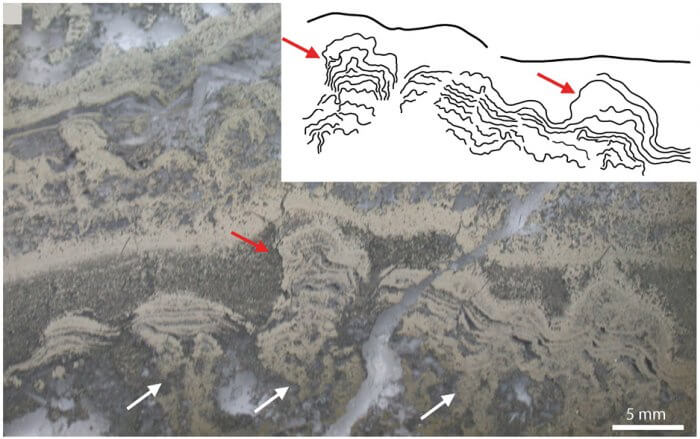In 80-ies of the last century in Australia was discovered the fossils by the age of 3.5 billion years. Even then, scientists speculated that the composition of these fossils can be the remains of living organisms. However, at that time there was no technology that would confirm or refute this hypothesis. But, as reported by the editorial Board ScienceAlert, scientists finally uncover the truth.

Around this area and was discovered the oldest fossils
How long on Earth there is life?
Already mentioned the oldest fossils have been discovered in the region the Pilbara is a large, arid and sparsely populated region in the North Western part of the Australian continent. It is worth noting that this is not the first such find. Previously, scientists have found (though not here but in Greenland) even more ancient fossils the age 3.7 billion years. But organic remains in their composition have been identified. In this case, it turned out a little differently.
This is an exciting discovery. The first time we were able to show that found almost 40 years ago, fossils are really the proof of the existence of life on our planet at a very early stage of its formation. says geologist Raphael Baumgartner from the University of New South Wales (UNSW) in Australia.
With fossils from Australia scientists have done a series of tests. And if, in normal situations, use only a few of them to analyze resources, but now it was decided to use all possible ways. If suddenly among our readers there are geologists, they will be interested to know all the types of manipulations that were conducted with the fossil record:
- Scanning electron microscopy.
- Scanning transmission electron microscopy.
- Energy dispersive x-ray spectroscopy.
- Raman spectroscopy.
- Nano-scale secondary ion mass-spectrometry.
- Analysis of stable isotopes of carbon.
Why was it necessary to use all of these methods are difficult to pronounce? It’s simple: the researchers wanted to exclude the possibility that something may be missed, because even the smallest biological particle would confirm guesses of experts. It just happened. And not to miss the most important from the world of science will help subscribe to our Telegram channel.
This is interesting: How to become a fossil?
Analysis of fossil remains showed that they consist mainly of mineral called pyrite. The peculiarity of pyrite is that it is permeated with tiny and not visible to the human eye pores. A deep scan of the pores of the material showed that pyrite is present within quite a lot of nitrogen-containing organic materials, which are, apparently, products of microorganisms. But that’s not all. In the pores of pyrite were also found organic strands, very similar in composition to modern wall membranes of bacteria.

The structure of pyrite and then, where were found traces of the bacteria
Scientists assure us that the new finding will help not only to understand that life on our planet originated earlier than we thought, but in the future will provide an opportunity to find out the “pedigree” of other planets. After all, if the seemingly barren planets will be found like fossils, now we know what to do with them.